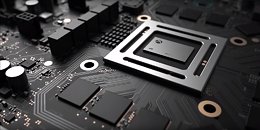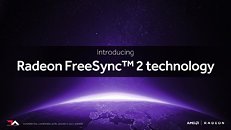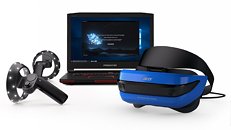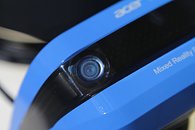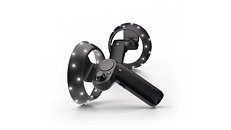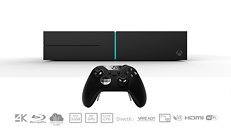In what could spell very interesting things for the uptake of the Freesync 2 open-standard, Digital Foundry has confirmed that Microsoft's upcoming "Project Scorpio" console will leverage AMD's FreeSync 2 standard so as to improve fluidity of frames. The objective is, as usual, to eliminate tearing and reduce stutter, allowing the GPU to trigger the display refresh rate at exactly the same frequency as it can churn out frames. The FreeSync 2 revision of the open standard is HDR-compatible, which means it supports what is being touted as The Next Big Thing in image quality. Like always, the available FreeSync-supported band will still depend on the panel's actual specifications. Additionally, the Scorpio is going to offer support for the upcoming VRR (Variable Refresh Rate) implemented within the HDMI 2.1 specifications.
Though TV panels don't support either of those standards currently, AMD has teased that FreeSync support on TVs would be possible - and upcoming. If true, and if this FreeSync support were to take off, this might spell an increased uptake on AMD's open standard implementation of VRR over NVIDIA's G-SYNC. The adoption of these VRR technologies would also allow developers to perhaps change their performance targets (say, from 60 FPS to 45 FPS), while also increasing fluidity of games that struggle to maintain their target frame rate. The Scorpio could be the first mainstream piece of tech to offer widespread support for VRR standards, thus increasing the user base and industry adoption rate of this technologies, which can only be good. To say that this adoption spells the death of NVIDIA's proprietary G-SYNC is nothing more than wild, boastful speculation; saying it could drive FreeSync and HDMI's VRR implementation towards mainstream usage is not. And that could mean a slow push of G-SYNC towards a niche PC-monitor solution with reduced uptake from monitor manufacturers.
